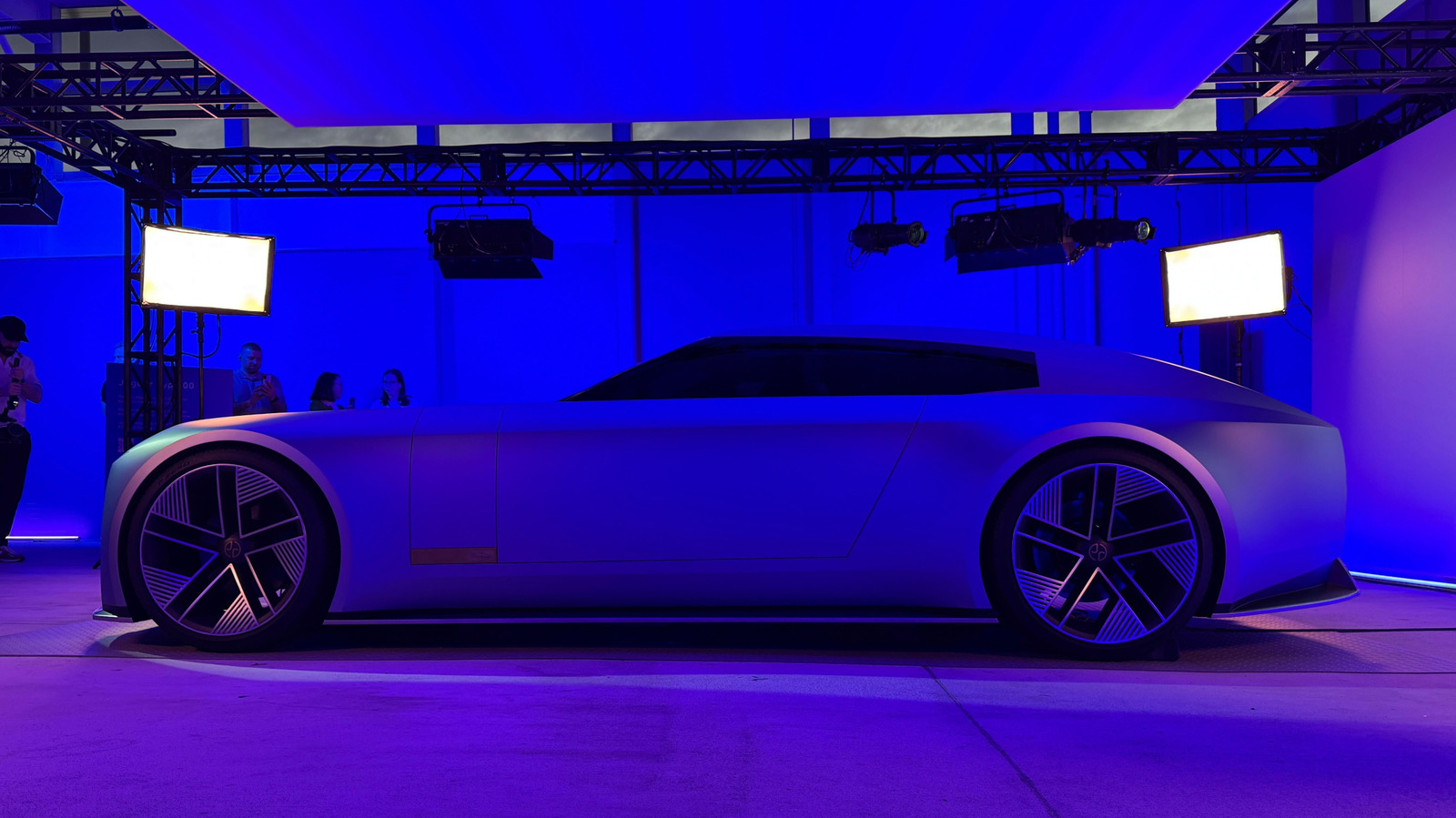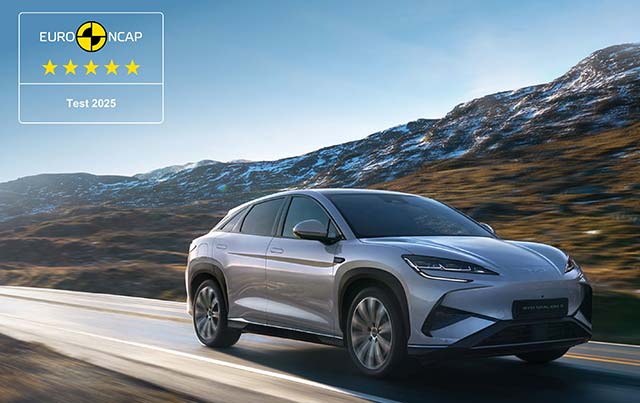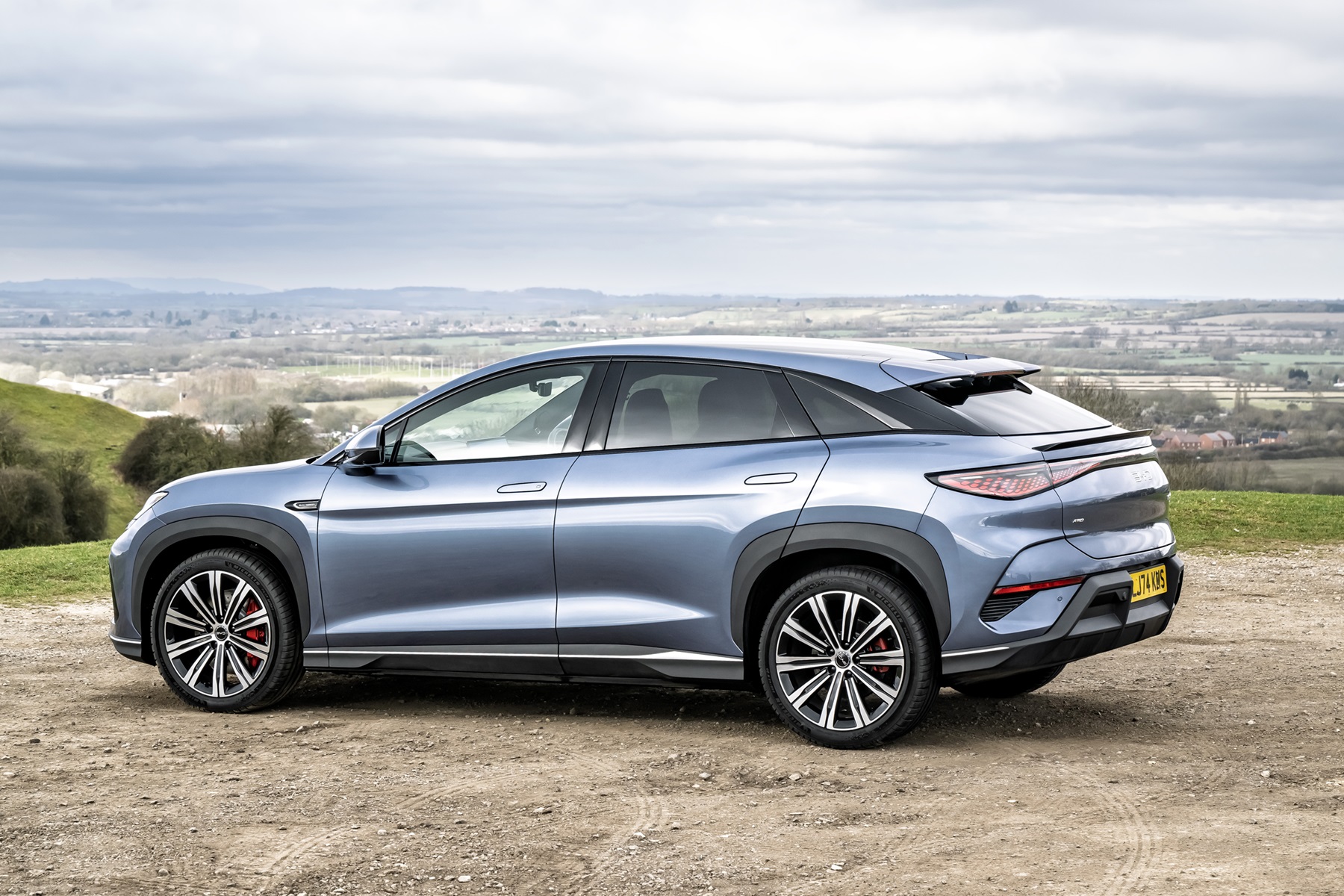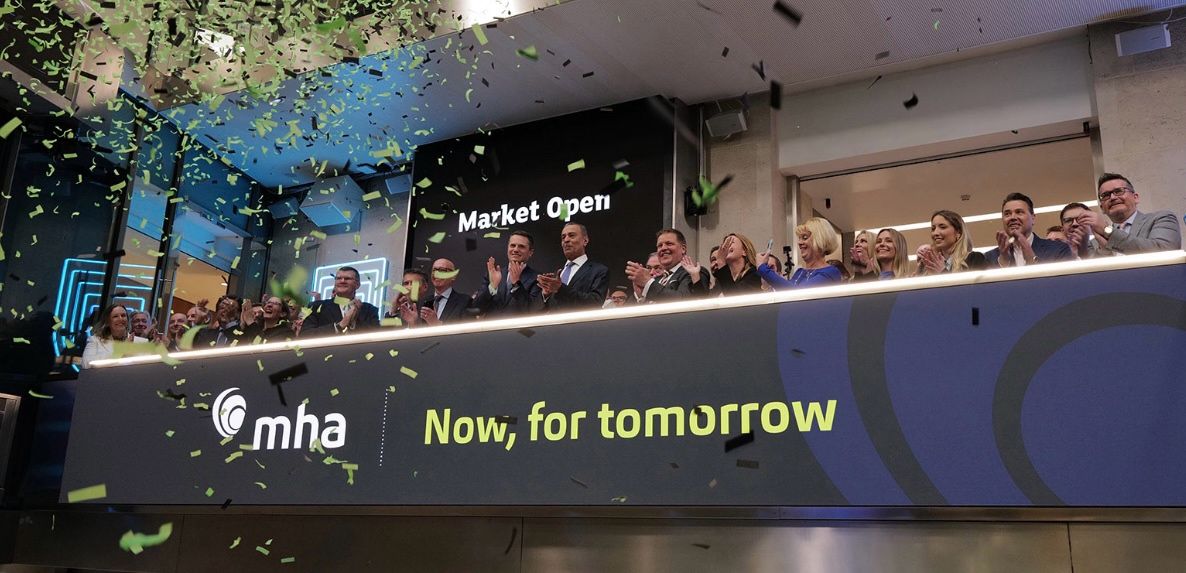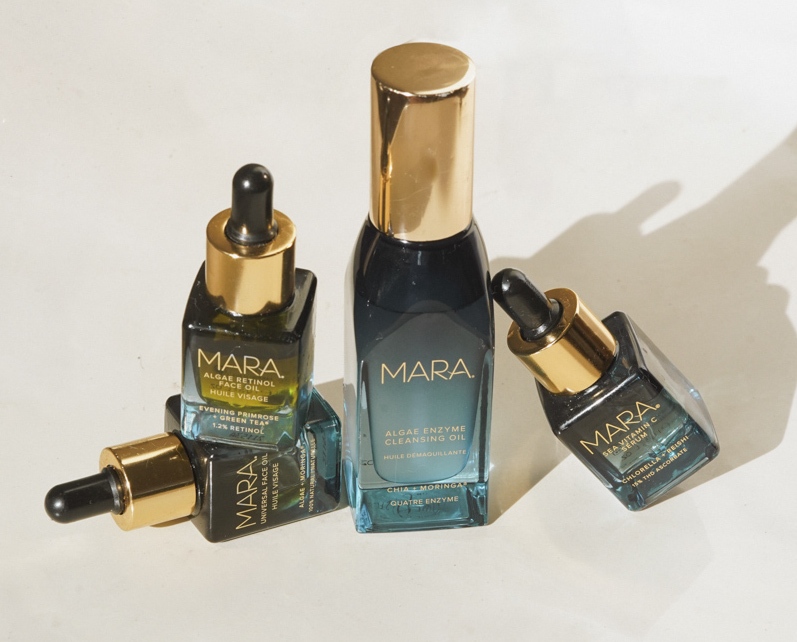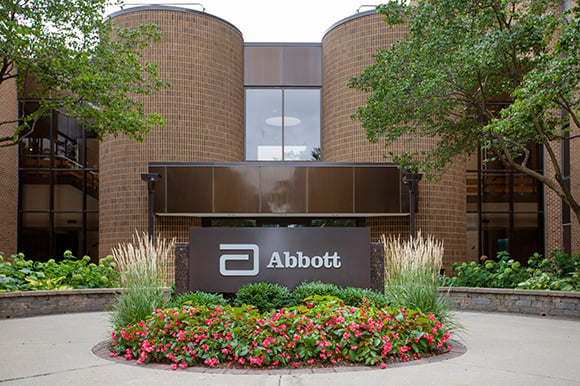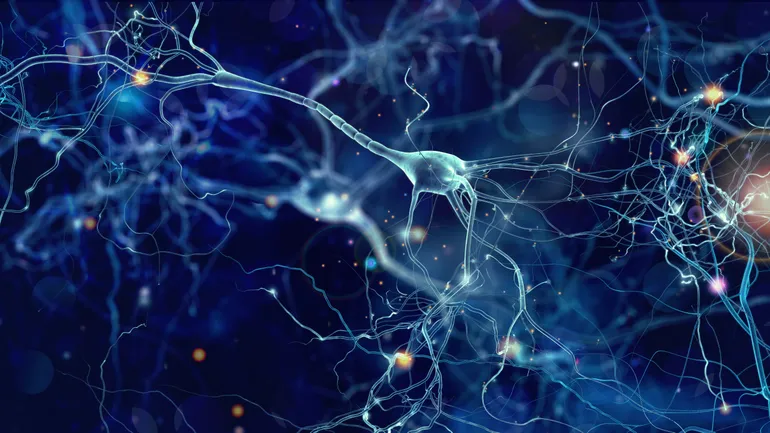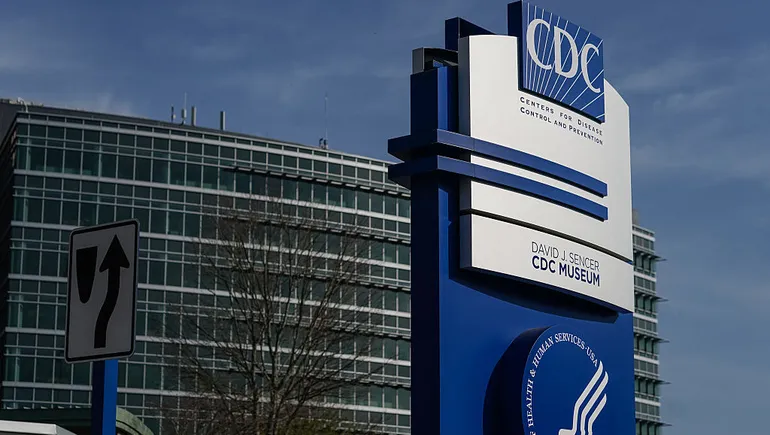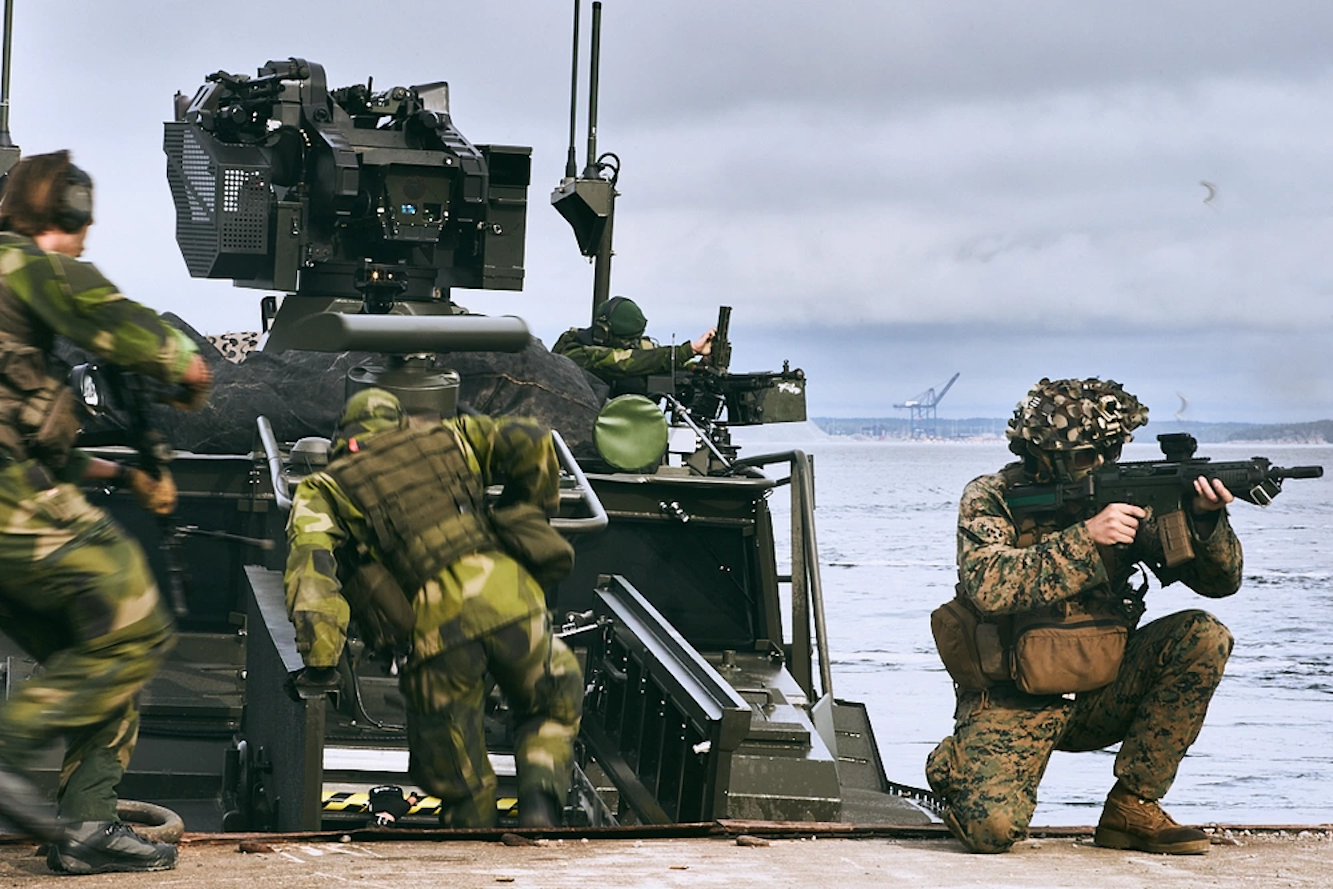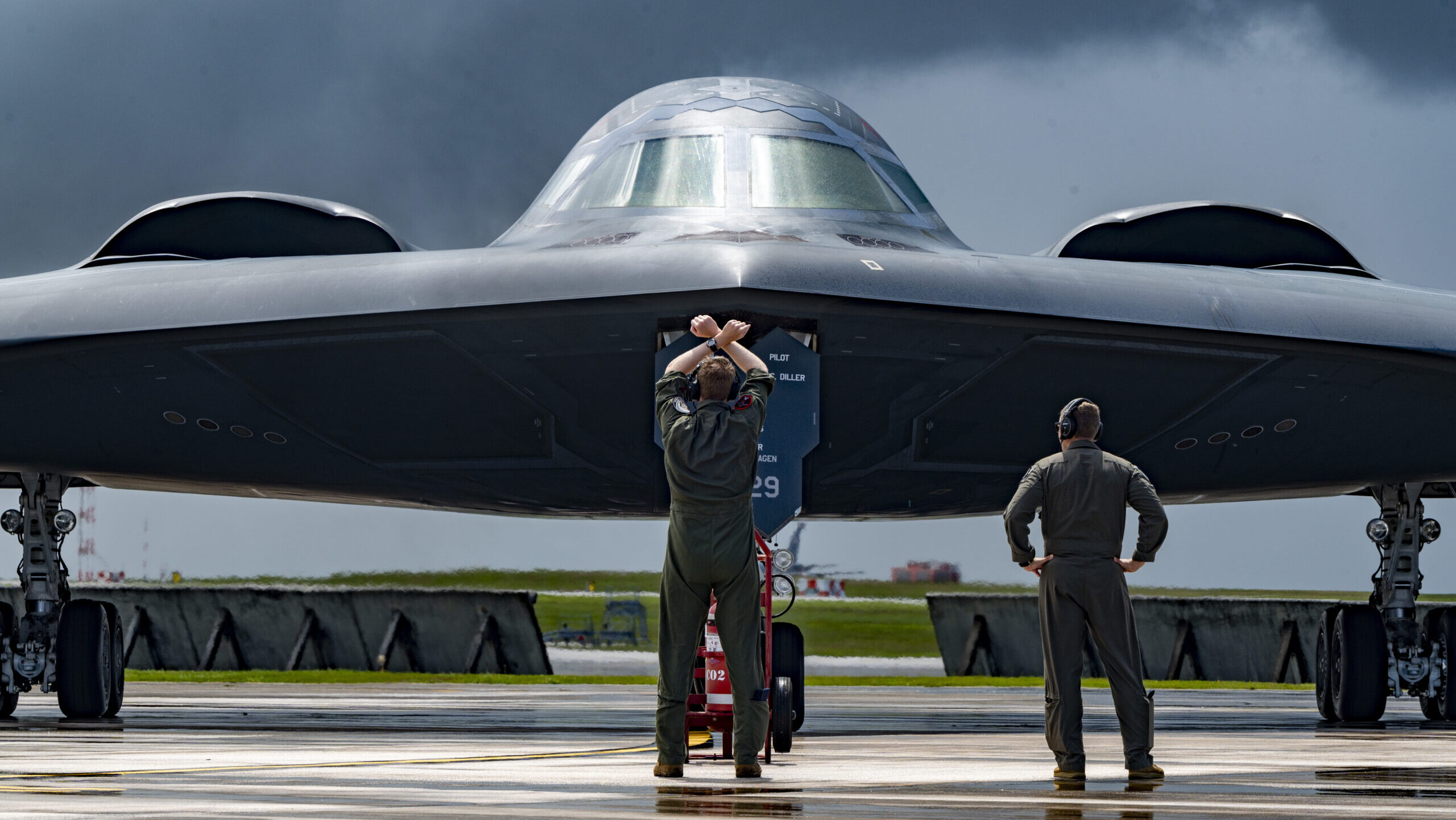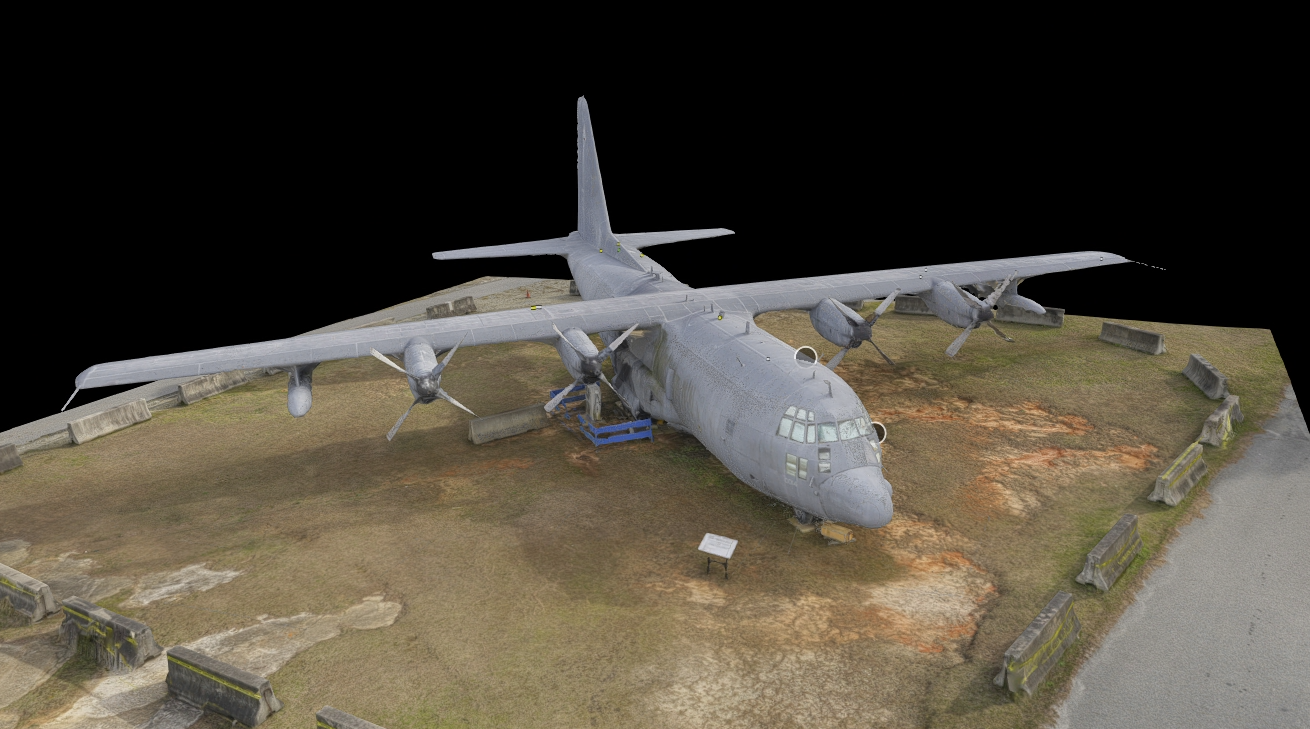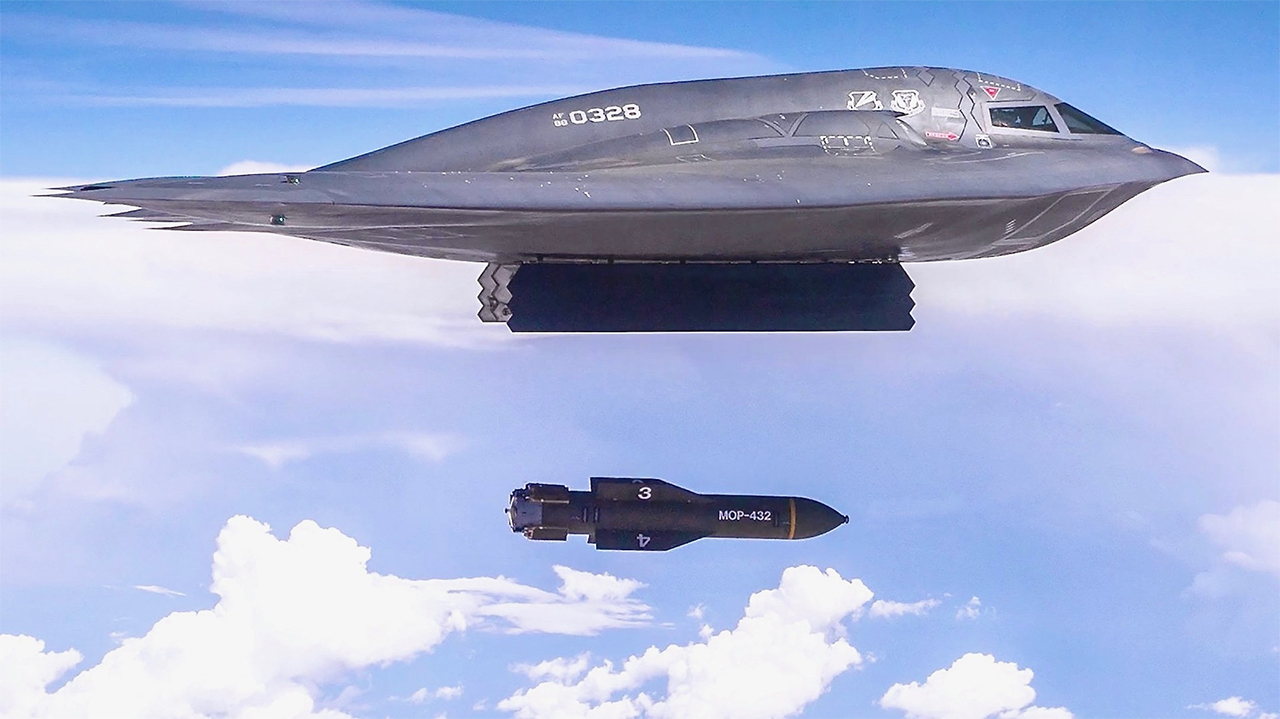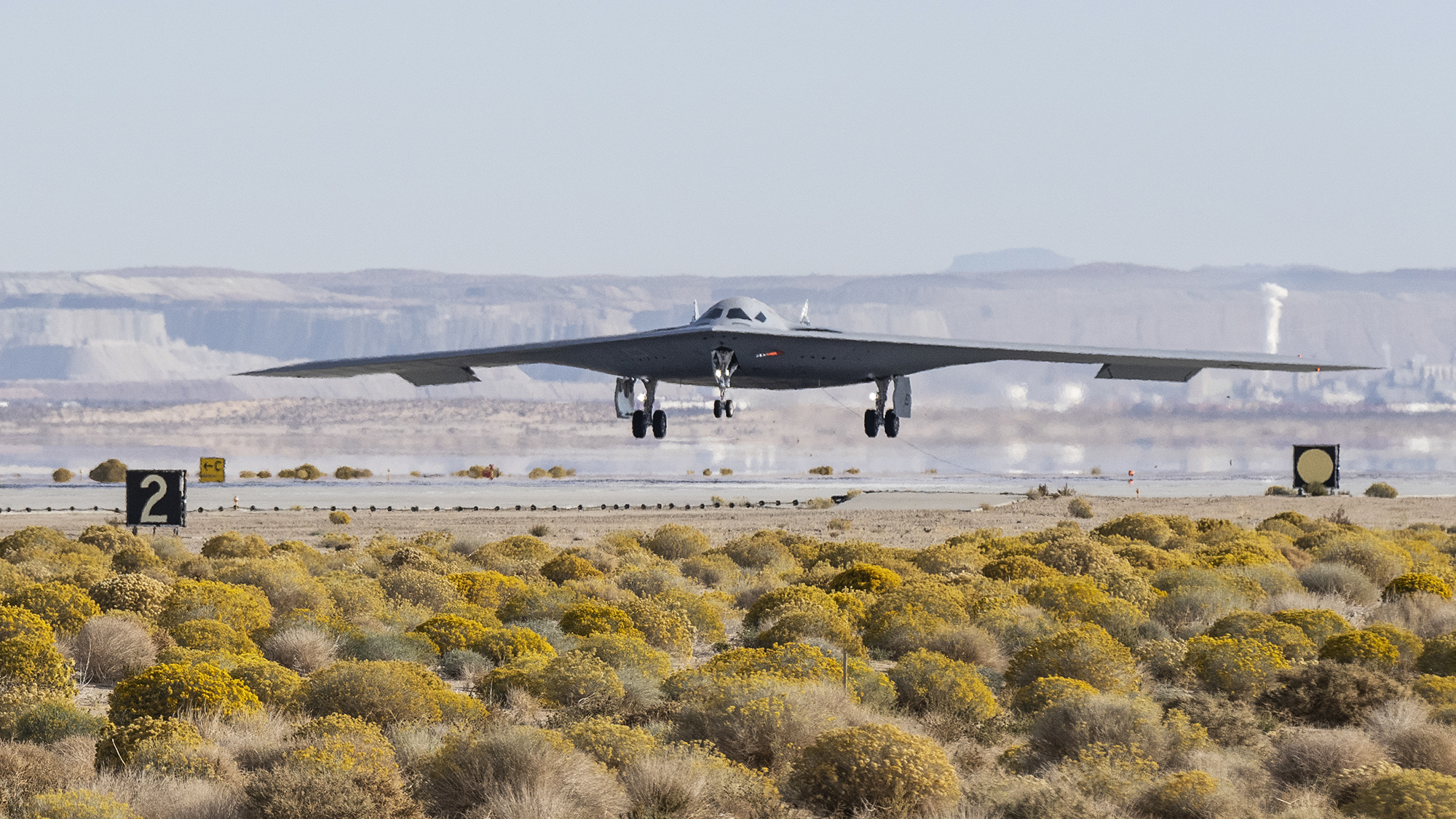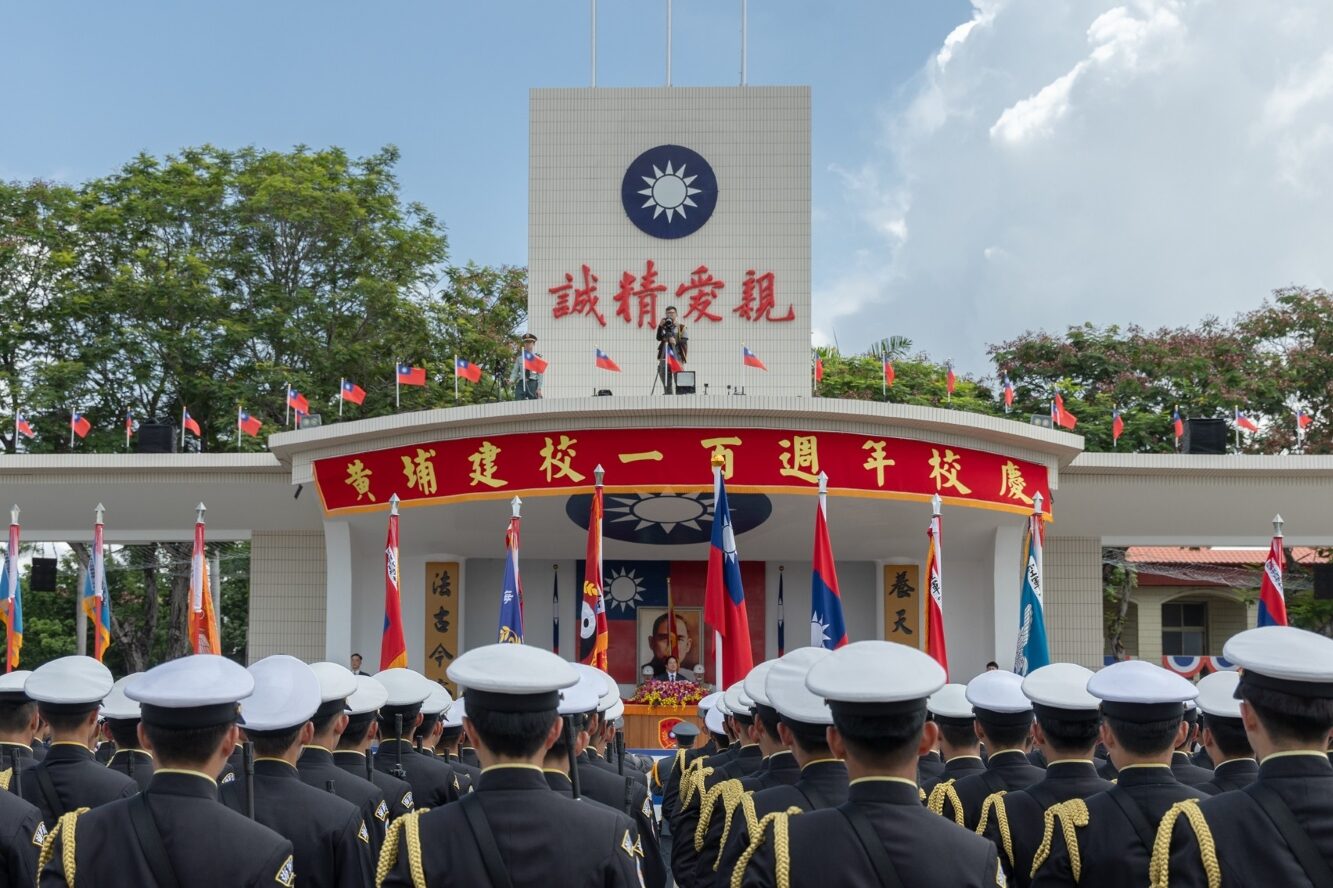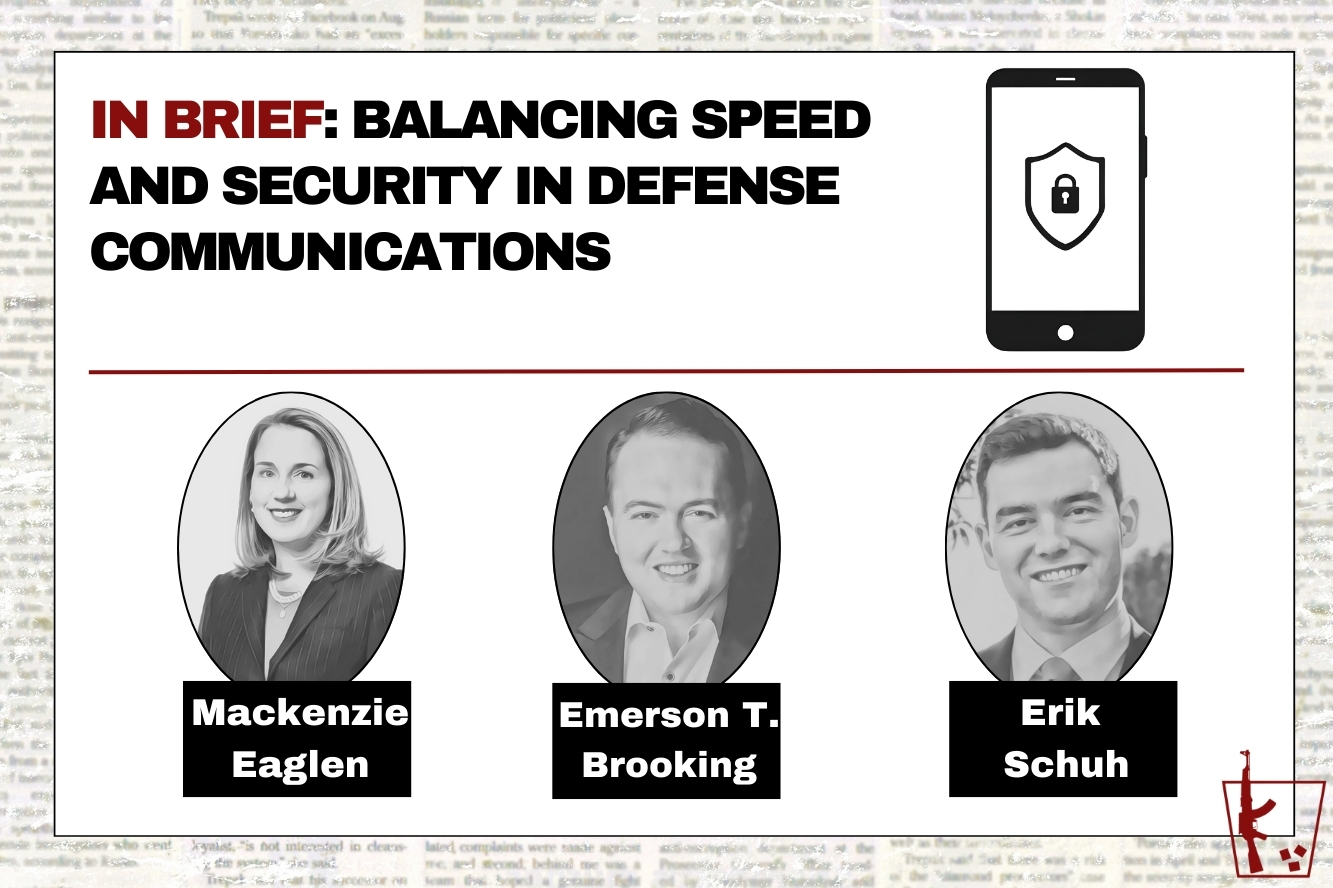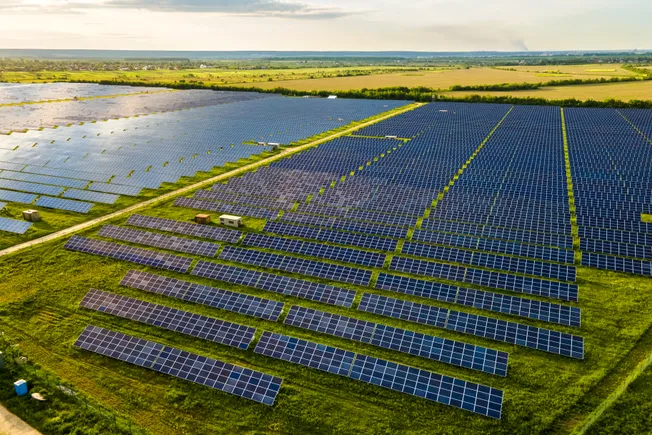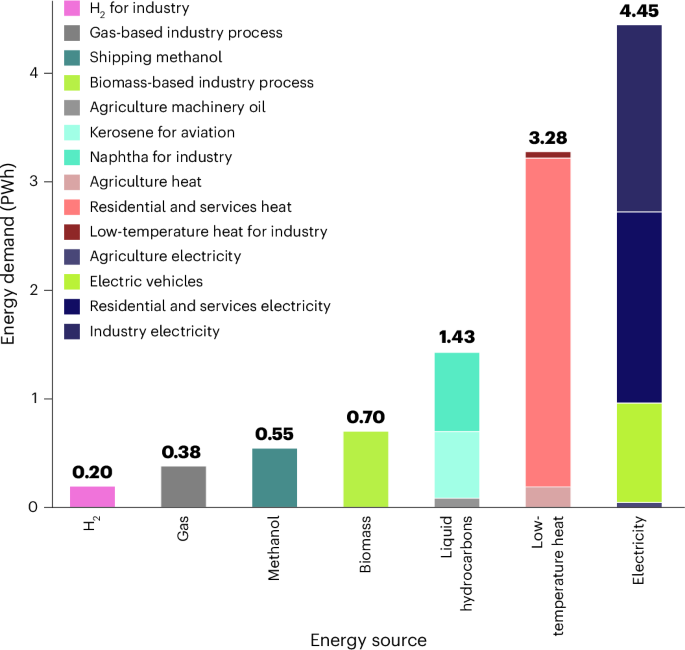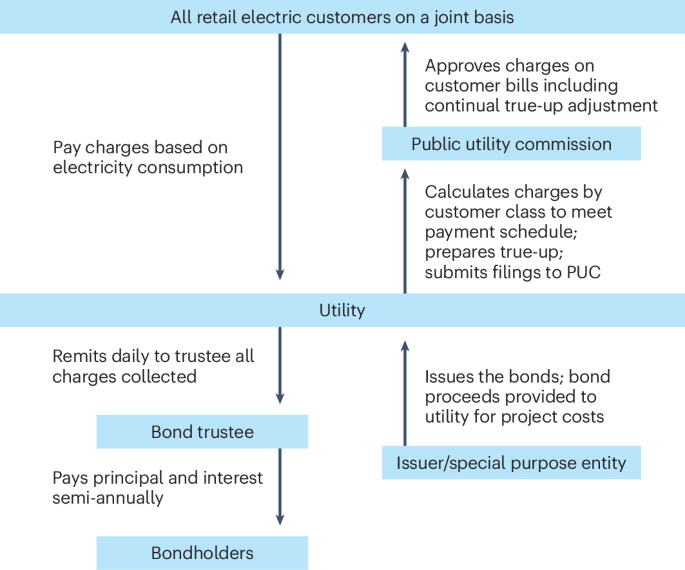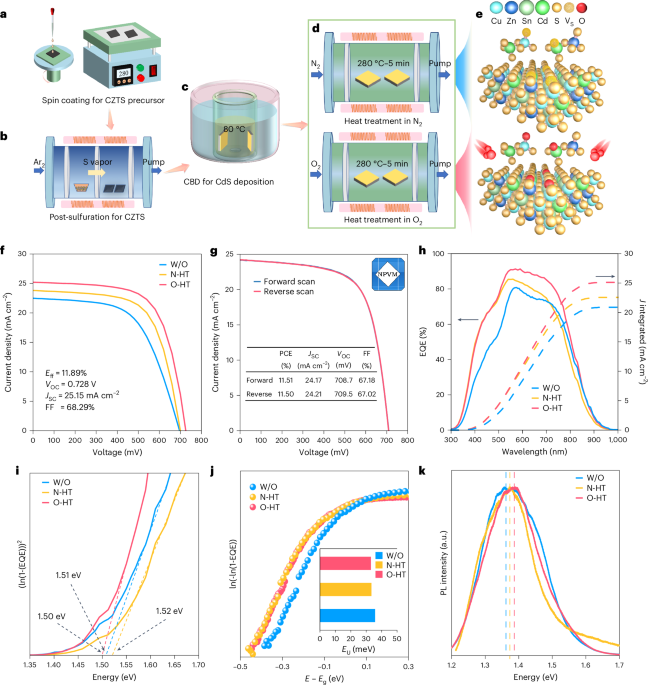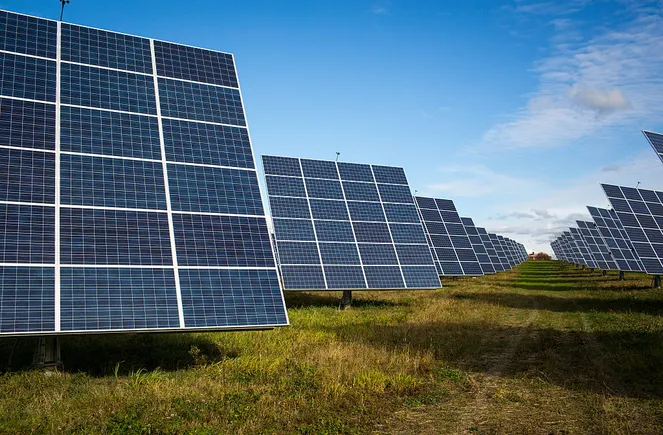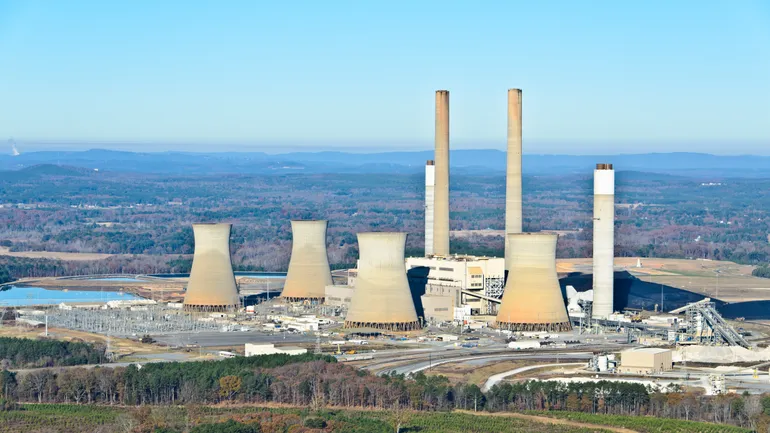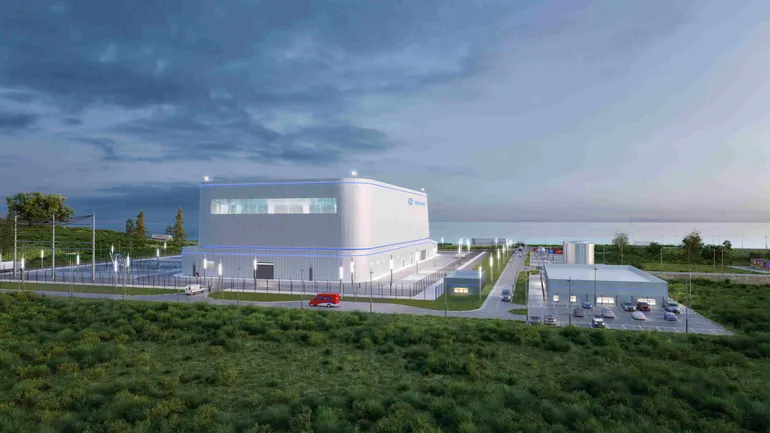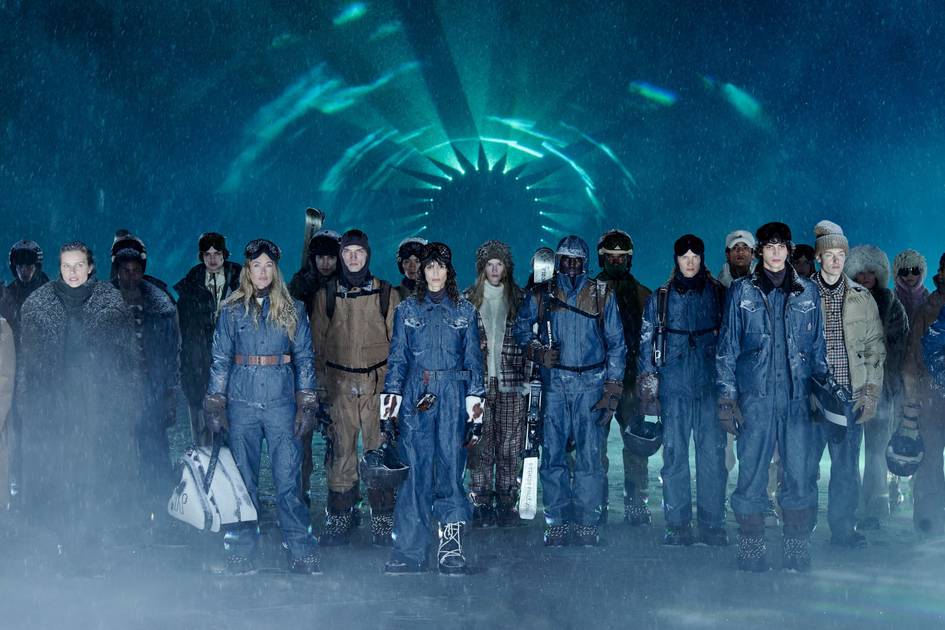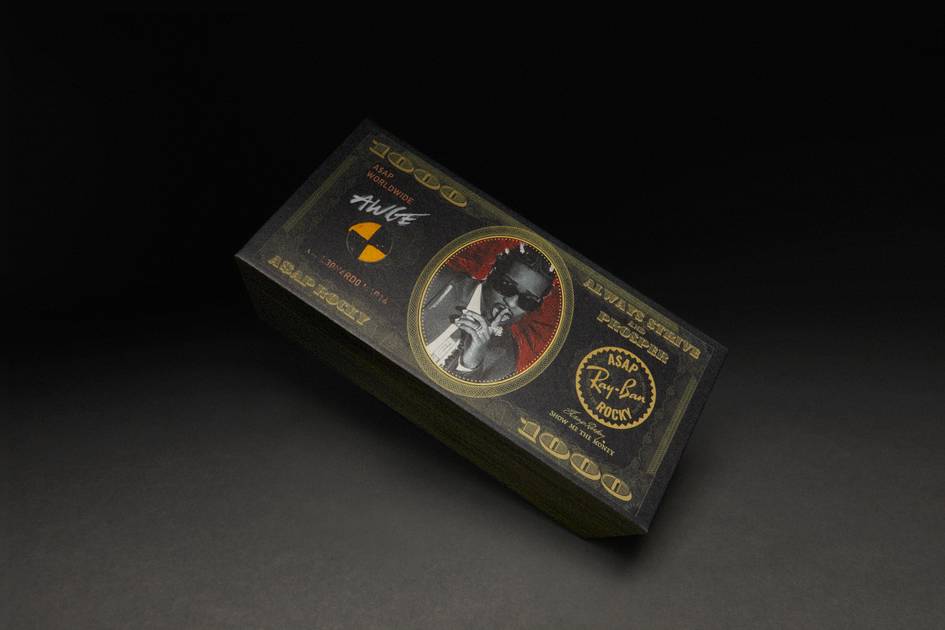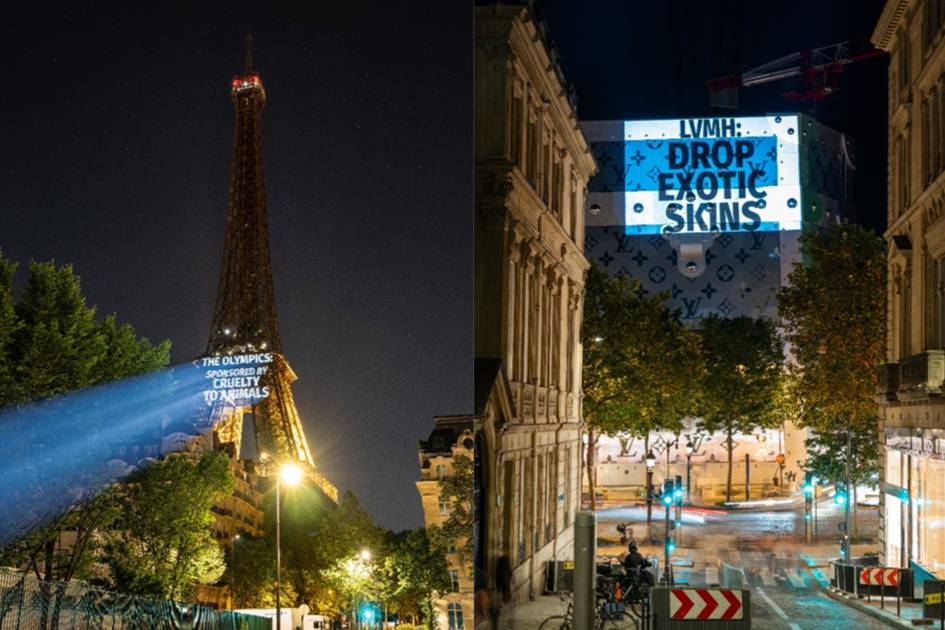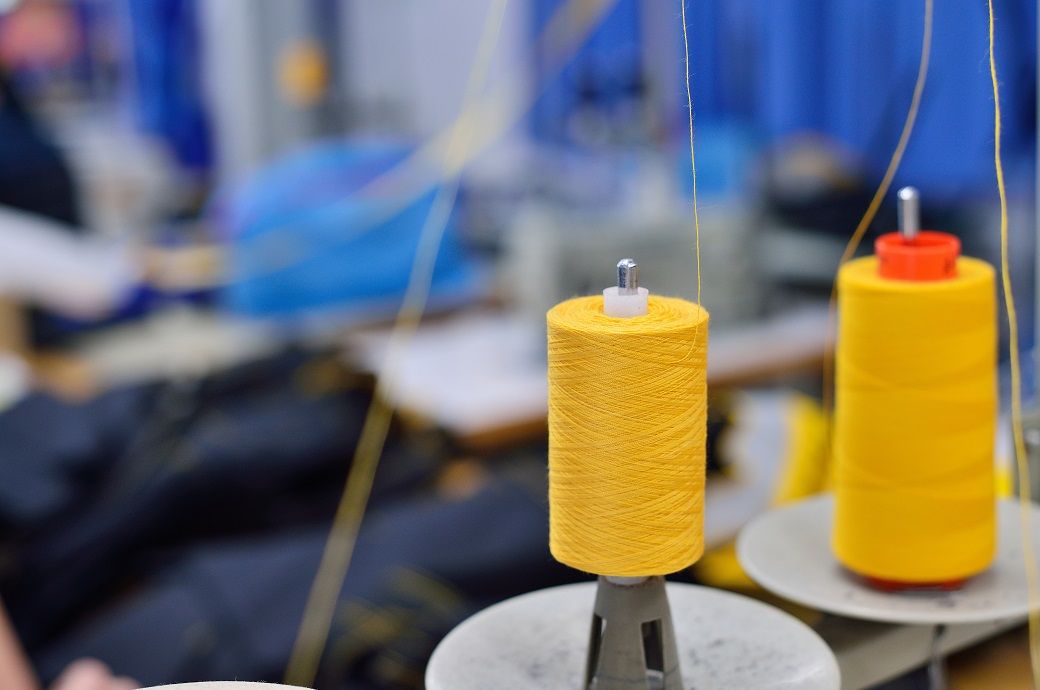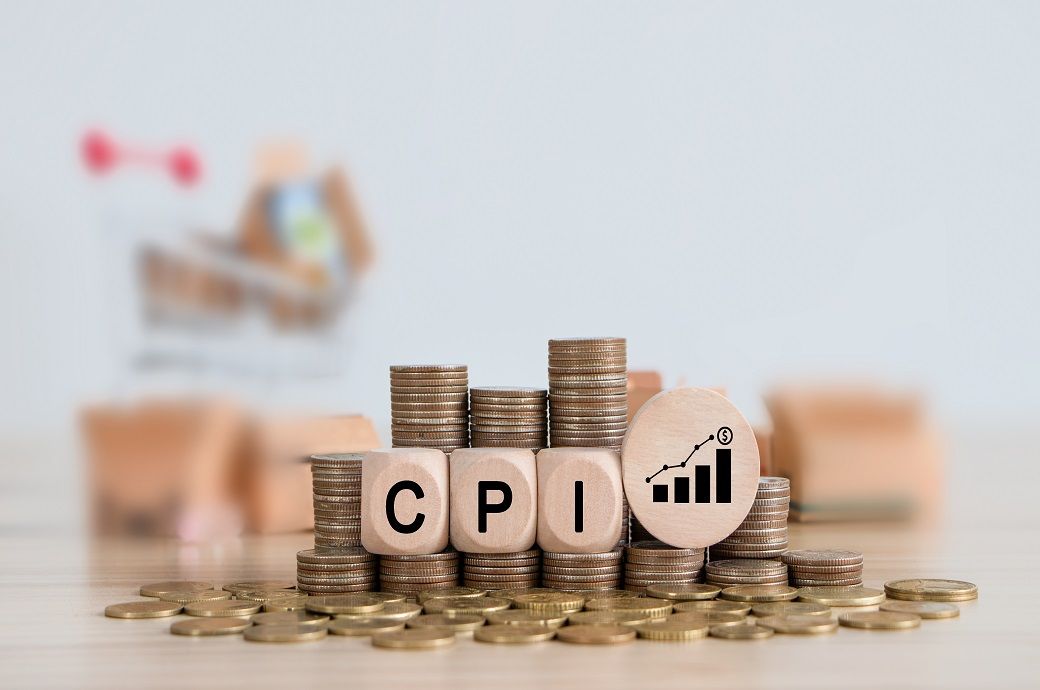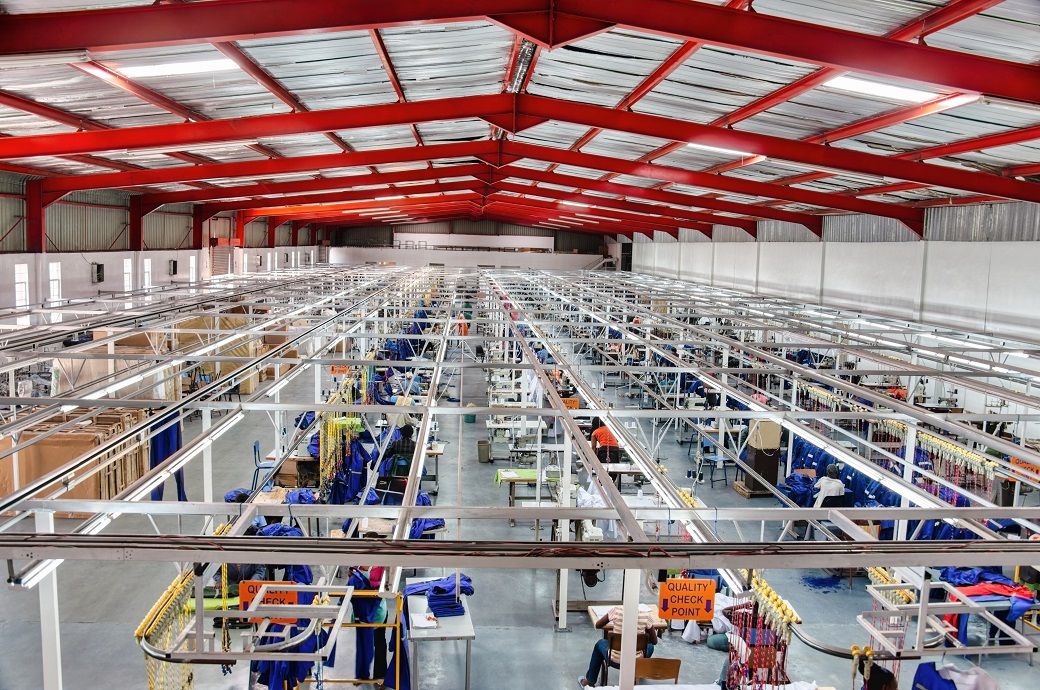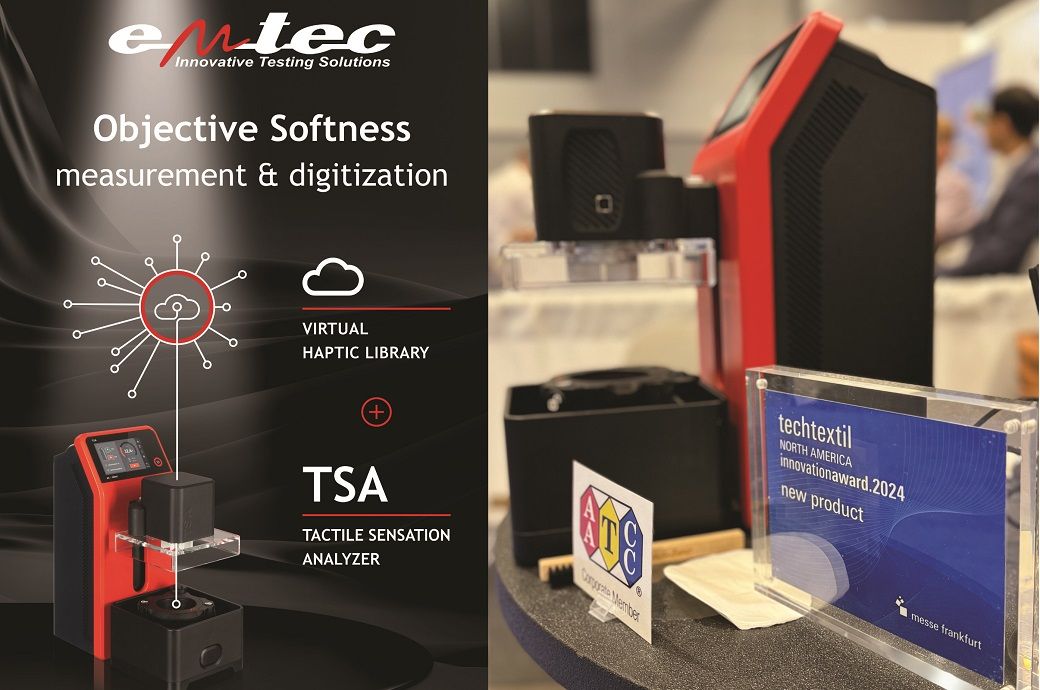Engineering Ultrafast Photo‐Induced Charge and Carbon Intermediates Transfer at Interface to Break the Activity‐Selectivity Trade‐Off in Direct Conversion of Methane to Methanol
Advanced Energy Materials, Volume 15, Issue 6, February 11, 2025.

The study introduces a breakthrough in methane-to-methanol conversion using BiOI/BN heterojunction nanosheets, employing interface engineering to enhance ultrafast charge transfer and stabilize the backtracking of intermediate to produce methanol. This achieves 15.5% methane conversion and 86.4% methanol selectivity under ambient conditions for 24 h.
Abstract
Directly converting methane to methanol with solar light and eco-friendly oxidants is challenging due to single-step conversion process where the designed active sites commonly cleave C─H bonds in both methane and methanol. Herein, a novel method is proposed to break activity-selectivity trade-off in methane conversion to methanol through interface engineering. Taking BiOI/BN as a proof-of-concept model, it's discovered that engineered interface provides distinct active sites for methane activation and overoxidation products photoreduction. Based on in situ infrared spectroscopy, ultrafast laser spectroscopy, and theoretical calculations, it is unlocked that the engineered interface induces the passivation of original trap states in BiOI component, greatly hindering ultrafast trap-mediated recombination of photo-induced carriers (≈39.7 ps). Benefiting from it, long-lived electrons could directly participate in active radicals generation, ensuring effective methane activation. Subsequently, overoxidation carbon intermediates and protons are captured by active sites from the BN component and rapidly accumulated on the surface. This enables effective injection of electrons into bonding orbitals of C─H bonds in methanol, accelerating the occurrence of C─H re-bonding process. Ultrafast photo-induced charge and carbon intermediates transfer at interfaces results in high methane conversion rate of 15.5% under atmospheric pressure and maintains methanol selectivity of 86.4% for 24 h long-time reaction process.











